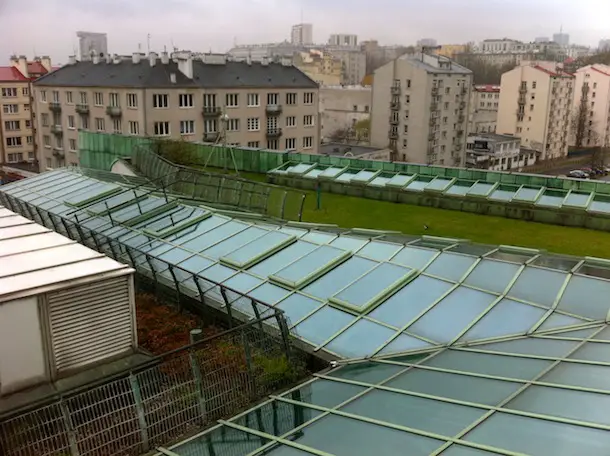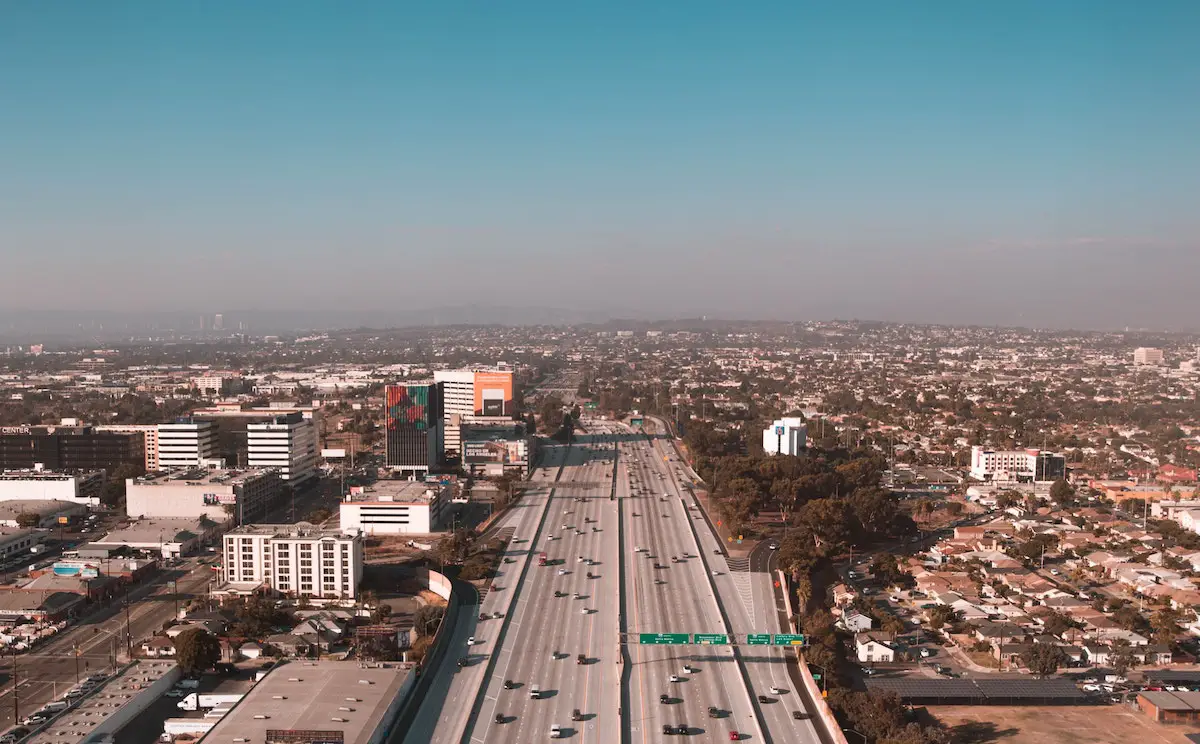On April Fool’s Day Fairfax Media posted a video affirming that the new Sydney cycleways have had a positive effect on property prices. It was no joke. It seems that having a bikeway right outside your front door is good for your health and the value of your house.
The City of Sydney’s network of separated cycleways have attracted their unfair share of controversy; threats of legal action, opposition from traders and a protest rally ironically attended by 200 pro-bike lane supporters and no opponents!
Fairfax interviewed Nic, a local real estate agent, who said that the Bourke Street bike path has had a “positive effect and influence on sales in the area” as well as Don, an owner-builder, selling a recently renovated million dollar property. Don explained the combination of a garage at the rear and the bike path out the front had added a premium of $100,000 to his house. Like many, Don had been sceptical, particularly because of the loss of on-street car parking, but now that the Parisian style bike boulevard with gardens and street lamps has been finished, even he agrees that Bourke Street “looks good”.
There is no denying that Bourke Street is beautiful; lined on either side with grand Victorian homes, exquisite cafes and a stunning canopy of trees. The bikeway has, as Lord Mayor Clover Moore says, made Bourke Street, “a very special street”. We all want to live on a beautiful street and we all want to know what the tangible benefits of improved social infrastructure could be to our street, our neighbourhood our city. So should we, and can we, use economics to support the case for more safe and separated bikeways in our cities?
Yes we should. But, implementing anything that requires changes to on-street car parking is controversial because many traders believe, rightly or wrongly, that customers will go elsewhere, that ‘convenience’ will be destroyed and that bike riders don’t spend money.
Research in 2007 by Alison Lee sought to identify the economic value of replacing car parking with bike parking in shopping strips. The case study in Lygon Street Carlton in Melbourne showed that cycling generates 3.6 times more expenditure. Even though a car user spends more per hour on average compared to a bike rider, the small area of public space required for bike parking suggests that each square metre allocated to bike parking generates $31 per hour, compared to $6 generated for each square metre used for a car parking space, with food/drink and clothing retailers benefiting the most from bike riders.
A model developed in the US, as part of research that examined factors affecting property values in Delaware, showed that a bicycle path would be expected to increase property values by about US$8,800. The research indicated that the presence of a bike path either increased property values and ease of sale slightly or had no effect.
A study in Pittsburgh found that both property owners and real estate agents both agree that bike paths led to increases in business and property selling prices. Although these increases in value cannot be strictly linked to the bikeway, the increase is noteworthy. Pittsburgh is not an isolated case. Realtors in North Carolina reportedly added US$5,000 to the prices of 40 homes adjacent to the Shepherd’s Vineyard Bikeway. Similarly results from the City of Vancouver indicated that 65% of realtors would use the bikeway as a selling feature of a home. Research undertaken in 1997 found that bike paths were placed third in a list of thirty-nine features that home buyers defined as crucial in persuading them to buy a home in a new community.
These case studies provide a basis for action and demonstrate that bikeways can help to support a diverse and resilient economy with positive benefits for individuals.
The fundamental problem we have in Australia is that we need to improve our data collection efforts. It is impossible to monitor change if we don’t measure change. A prime example is Brisbane’s South East Freeway Bikeway, adjacent to the M3 Motorway, designed for commuter cyclists. The bikeway is predominantly used by male cyclists for longer distance commuting trips with almost all trips made during the morning and afternoon peaks. We know who is using this established bikeway now but we have little knowledge of cycling behaviour in the area prior to the bikeway and no contestable evidence of people relocating to the area to use the bikeway. Without this ‘before’ and ‘after’ evidence cycling, as a transport option, is powerless to compete for government funding.
Bikeways cost money and their merits are often called into question. If we really want cycling to be a central part of our cities more data is needed to show a direct correlation between a city’s bikeway program and the city’s economy. Planners, engineers, economists, policy officers and decision makers alike, need to increase the quantity and quality of pre and post construction data collected. They also need to develop a consistent methodology to justify and evaluate the benefits. Finally they need to work in partnership with business associations to measure and monitor change, in an objective manner, with appropriate scale analysis.
Despite the early controversy to change, Sydney’s Lord Mayor knows the bikeways have been a success. Votes for her in the polling booths close to the bikeways have been maintained or increased…. Seems like bikeways can be good for our waistline and our wallet!
Photo: Sweet One


